As an RV owner, one of the most important appliances is the oven. It can be incredibly frustrating when you’re ready to cook a meal and the oven won’t light. If you’re experiencing this issue with your Greystone RV oven, don’t worry! There are several things you can do to troubleshoot and fix the problem. In this post, we’ll discuss some common reasons why your oven may not be lighting and provide tips on how to fix it.
Table of Contents
The Importance of RV Oven
One of the simplest pleasures of a road trip is cooking and sharing a meal with your friends or family. And what better way to do it than in the comfort of your RV? With an RV oven, you can cook delicious meals on the road and save money on eating out. However, many RVers overlook the importance of investing in a robust RV oven. A quality oven is fundamental for healthy and tasty meals and will make your travels much more enjoyable.
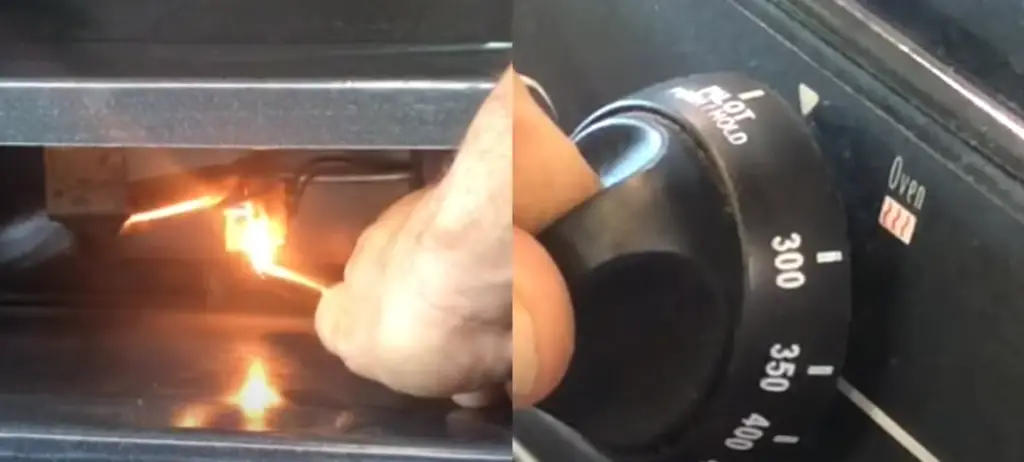
Cooking in an RV Oven is Fun
Cooking in an RV oven is a fun activity that brings all members of the family together. Whether you want to surprise your loved ones with a delicious home-cooked meal, or you want to get creative with your camping recipe, an RV oven is a perfect tool. You can cook anything from baked mac and cheese to pizzas to roasted chicken to satisfy everyone’s taste buds. RV ovens come in different shapes, sizes, and styles, so you can choose one that suits your cooking needs. [1]
RV Ovens are Cost-Effective
Eating out can be costly, and the cost only increases when on a road trip. With an RV oven, you can save money by cooking your food and avoiding costly restaurant bills. You can also buy groceries in bulk and prepare meals in advance, which helps you manage your budget and reduce food waste. You can also use the oven for meal prep to keep you fueled up for your adventure.
You Can Make Healthier Meals
An RV oven allows you to cook healthier meals that are essential for your physical well-being. You can avoid junk food and instead cook nutritious meals by grilling, baking, or roasting. RV ovens provide an opportunity to get creative with your diet and try new recipes. You can choose healthier ingredients such as lean meats, vegetables, fruits, and whole grains, which provide essential nutrients for the body.
Tips for Making the Most of Your RV Oven
To make the most out of your RV oven, you need to ensure that it’s well-maintained and cleaned before use. Always follow the manufacturer’s instructions to avoid damaging the oven. Before cooking, preheat the oven to ensure even cooking temperatures. Invest in quality cookware and bakeware that is suitable for RV kitchens since space may be limited. You can also opt for compact and multi-functional appliances that fit your RV kitchen, such as combination ovens or toaster ovens.
An RV oven is an essential kitchen appliance that every RV owner should have. It’s vital for cooking healthy meals, saving money, and having fun experiences on the road. Whether you’re a seasoned RV’er or a first-time RV owner, investing in a quality RV oven will enhance your camping experience and create unforgettable memories. So, fire up the oven and enjoy warm and delicious meals on your next adventure!
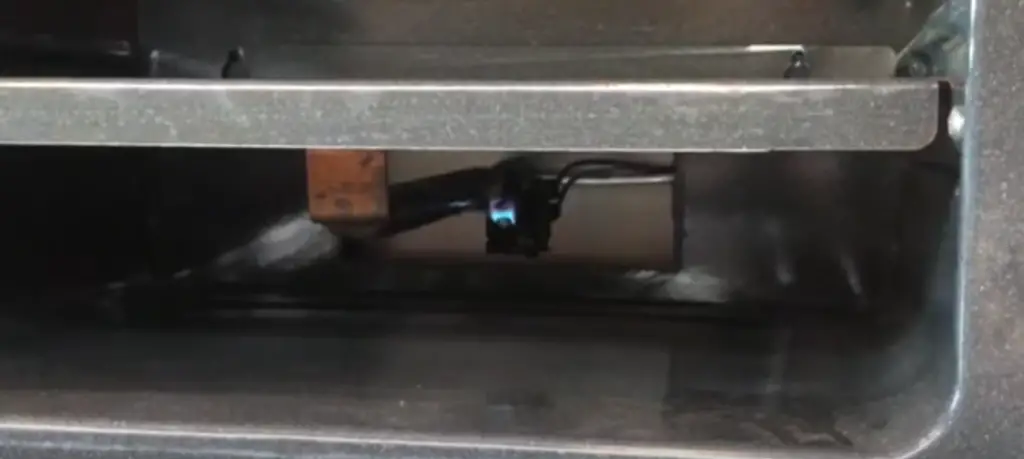
Greystone RV Oven: The Most Common Problems
Owning an RV is an adventure in itself, and cooking in a small kitchen is one of the challenges RVers face. The Greystone RV Oven is a popular choice, but it’s not immune to problems. If you’re experiencing issues with your oven, you’re not alone. Let’s see the most common problems with a Greystone RV Oven and their solutions.
- Ignition problems:
One of the common problems with the Greystone RV oven is the ignition. It might not ignite even if you’ve turned on the gas, which can be frustrating. This usually happens if the pilot light is not lit. The pilot light is a small flame that ignites the gas. The solution is simple- light the pilot light. [2]
- Burner problems:
Burners that don’t light or heat up can be another common problem. This can occur due to a clogged burner or a faulty igniter. A clogged burner can be cleaned easily by removing it and cleaning it with a brush or cloth. If the igniter is faulty, it may need to be replaced by a professional. [2]
- Uneven cooking:
Uneven cooking is another problem with the Greystone RV Oven. It happens when one side of the food is cooked, and the other side is not. This could be due to a temperature calibration issue. You can use an oven thermometer to check and adjust the temperature accordingly. Also, make sure to preheat the oven before cooking for even cooking.
- Door problems:
The door of the RV oven might not close or seal properly. This can cause the oven to lose heat and take longer to cook. The cause could be a dirty seal or a weak door hinge. Clean the seal with warm soapy water and replace the hinge if necessary.
- Foul smell:
If you’re experiencing a foul smell from your oven, it could be due to food debris that has accumulated over time. You can eliminate the smell by cleaning the oven thoroughly with baking soda and vinegar.
The Greystone RV Oven is a reliable option, but there could be problems that RVers may face while using it. The most common problems include ignition problems, burner problems, uneven cooking, door problems, and foul smell. As seen above, the solutions are simple and can be done without the need for professional help. However, if the problems are serious, it’s better to get them checked by a professional. With a little maintenance, the Greystone RV Oven can be a great companion and allow RVers to enjoy delicious meals on their camping trips.

Greystone RV Oven Not Lighting: Step-By-Step Guide on How to Fix
Having a problem with your Greystone RV oven not lighting can be a frustrating experience, especially when you’re out on the road and you need to cook your meals for the day. The good news is that most RV oven problems can be fixed easily, without the need for professional help. In the step-by-step guide, we’ll show you how to troubleshoot and fix the most common issues that cause a Greystone RV oven not to light.
Step 1. Check the propane tank
The first thing you need to do when your Greystone RV oven is not lighting is to check the propane tank. Ensure that the tank is not empty or nearly empty. If it is, it may not be providing sufficient propane gas to the oven, and you may need to replace it. Also, make sure that the propane tank is turned on and that the valve is not damaged.
Step 2. Check the igniter
If the propane tank is not the issue, the next thing to check is the igniter. The igniter is responsible for delivering a spark to ignite the propane gas. If the igniter is damaged, broken, or dirty, it will not produce enough spark to ignite the gas. Check and clean the igniter or replace it if necessary.
Step 3. Check the burner tube
Another culprit that can cause the Greystone RV oven not to light is the burner tube. The burner tube delivers propane gas to the oven and is responsible for creating a flame. If the burner tube is blocked by grease or food particles, it will not allow the propane gas to flow freely, preventing the oven from lighting. Clean the burner tube or replace it if necessary.
Step 4. Check the thermocouple
A thermocouple is a device that regulates the flow of gas to the oven and monitors the flame. If the thermocouple is dirty, damaged, or improperly positioned, it may not allow the gas to ignite. Check and clean the thermocouple or reposition it if necessary.
Call a professional
If none of these steps above works, you may need to call a professional RV technician. A professional technician will have the necessary skills, tools, and experience to diagnose and fix the problem quickly and efficiently.
The Greystone RV oven not lighting issue can be quite frustrating, especially if you’re in the middle of a trip and need to cook your meals. However, as we have highlighted in this step-by-step guide, fixing the problem might be easier than you think. You can check the propane tank, igniter, burner tube, and thermocouple by following our steps and save yourself some money by avoiding unnecessary professional help. If all else fails though, it’s always a good idea to call a professional RV technician to get your oven up and running again. Happy cooking!
How to Take Care Of RV Oven
Cooking inside an RV can be a challenge, especially when it comes to using the onboard oven. If you’re new to RVing, figuring out how to operate and maintain your RV oven might seem daunting. But with a little bit of knowledge and effort, you can keep your oven in great shape and enjoy delicious meals on the road. Here we’ll share some tips on how to take care of your RV oven and make it last for many road trips to come.
Clean your oven regularly: Just like the oven in your home kitchen, your RV oven needs to be cleaned regularly to prevent the buildup of grease, food particles, and other debris. You can use a commercial oven cleaner or make your own using baking soda, water, and white vinegar. Make sure to scrub the oven racks, burners, and interior thoroughly. If you’re not sure how to remove the oven door for cleaning, consult your RV owner’s manual or an online tutorial. [3]
Be mindful of what you cook: Cooking in an RV oven requires some adjustments compared to cooking in a traditional oven. For instance, RV ovens tend to have less insulation and fluctuate in temperature more than home ovens. To avoid burning or undercooking your food, use a thermometer to check the temperature periodically and adjust as needed. Also, avoid cooking dishes that produce a lot of steam or smoke, such as roasts or pizzas, as they can make a mess in your RV and affect the oven’s performance.
Store your oven properly: When your RV is not in use, it’s a good idea to cover your oven with a protective canvas or tarp to prevent dust, moisture, and critters from getting inside. You can also remove the oven racks and store them separately. Make sure to let the oven cool down completely before covering it, as heat can damage the cover material.
Check for gas leaks and other issues: If your RV oven runs on propane, it’s crucial to check for gas leaks and other issues regularly. You can use a gas leak detector or a solution of soapy water to identify leaks. Also, look for signs of wear or damage on the oven and its components, such as rust, cracks, or loose connections. If you notice any problems, address them promptly or seek help from an RV technician.
Practice safety measures: Cooking inside an RV oven poses some safety risks, such as burns, fires, and carbon monoxide poisoning. To minimize these risks, make sure to follow basic safety measures, such as keeping flammable materials away from the oven, using oven mitts when handling hot dishes, and opening the RV windows or vents to vent out steam and fumes. Also, install a carbon monoxide detector inside your RV and test it regularly.
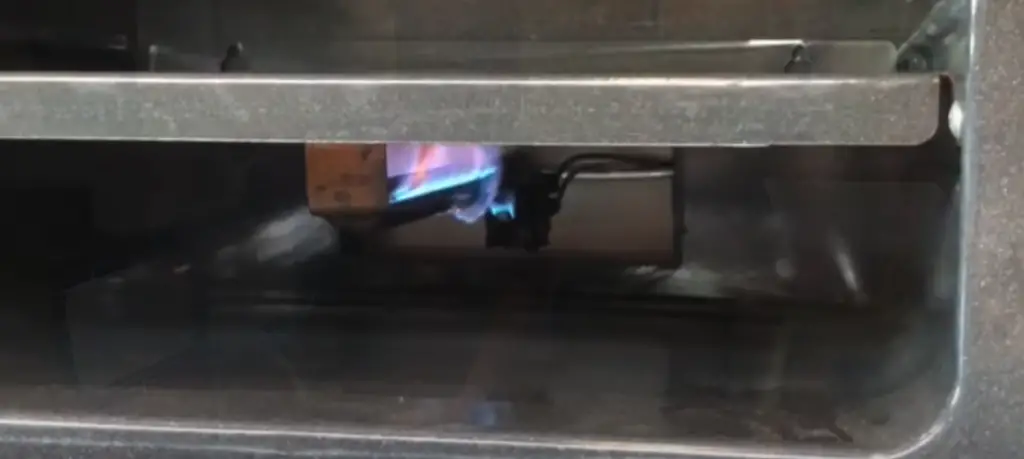
FAQ
Can I manually ignite my oven?
Yes, you can. Some older models and most high-end ovens have a manual ignition feature that you can use as a backup if the electronic igniter fails. For manual ignition, you need to find the pilot light or burners, follow the manufacturer’s guide on how to access it and then use a match or lighter to light it up. For safety reasons, make sure to keep flammable materials away from the oven, have a fire extinguisher on hand, and make sure the burners light up correctly.
Why is my RV stove not getting gas?
If you are camping or traveling in an RV, you might notice that your stove is not producing any flame despite turning on the knob. One of the possible causes of this issue is the propane tank. Check the propane gauge or level and see if it’s not empty or close to depletion. Another culprit could be the regulator, which connects the tank to the stove. It might have clogs or leaks that hinder gas flow. In this case, you might need to have it checked and replaced by a certified technician.
Can you light an oven if the igniter is not working?
If your oven has an electric igniter, you can still light it up manually. However, if it’s a gas oven, you should not try to light it directly with a match or lighter if the igniter is not working. Doing so can result in gas buildup and explosion hazards. Instead, troubleshoot the igniter by following the manufacturer’s instructions or hire an expert to diagnose and repair it.
How do I know if my oven igniter is broken?
Several signs can indicate a faulty oven igniter. The first one is that the oven won’t start, even though it’s receiving power. You might also notice a clicking sound when you turn on the oven, followed by no flame. Another sign is that the oven takes longer or fails to preheat, or the flame is too weak, yellow, or uneven. You can also inspect the igniter visually by looking for any cracks, wear, or broken wires.
Useful Video: Light an RV oven pilot light, quick and easy guide.
Conclusions
In summary, a Greystone RV oven that won’t light can be frustrating, but there are several things you can do to fix it. Start by checking the igniter, cleaning the burner, checking the gas supply, and inspecting the safety valve. If these steps don’t work, it’s always best to call a professional. By being proactive and taking care of your RV oven, you’ll have one less thing to worry about on your next road trip.
References:
- https://www.thervgeeks.com/rv-oven/
- https://lifeonroute.com/rv-oven-issues/
- https://blog.coach-net.com/2021/12/01/rv-oven-and-stove-top-maintenance-and-troubleshooting/

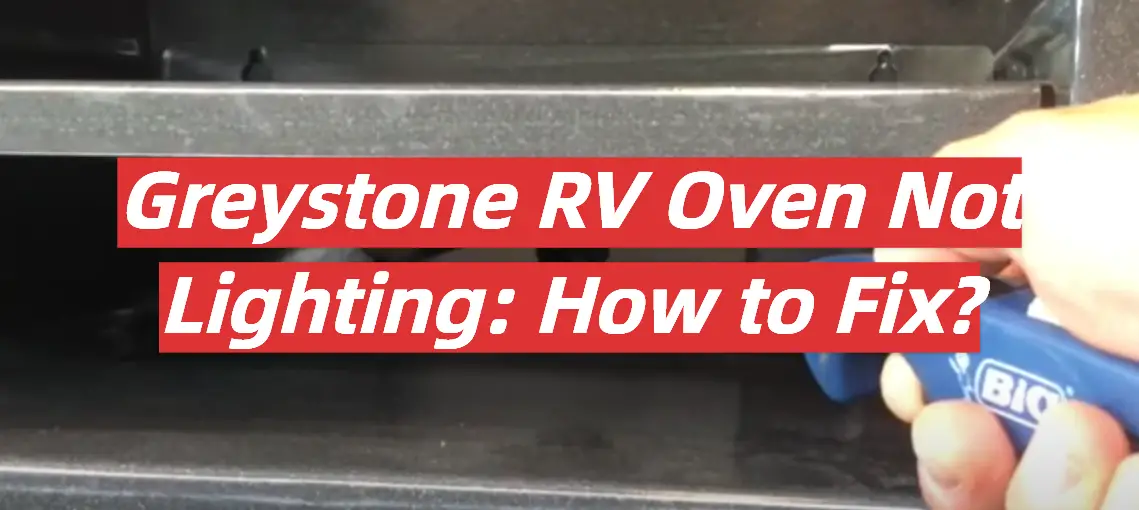
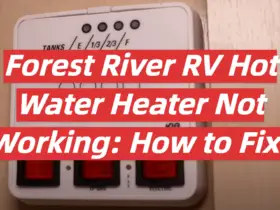
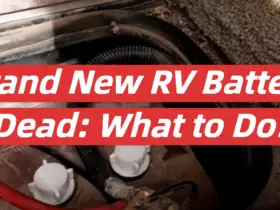
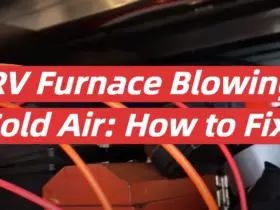
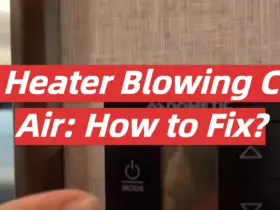
Leave a Reply